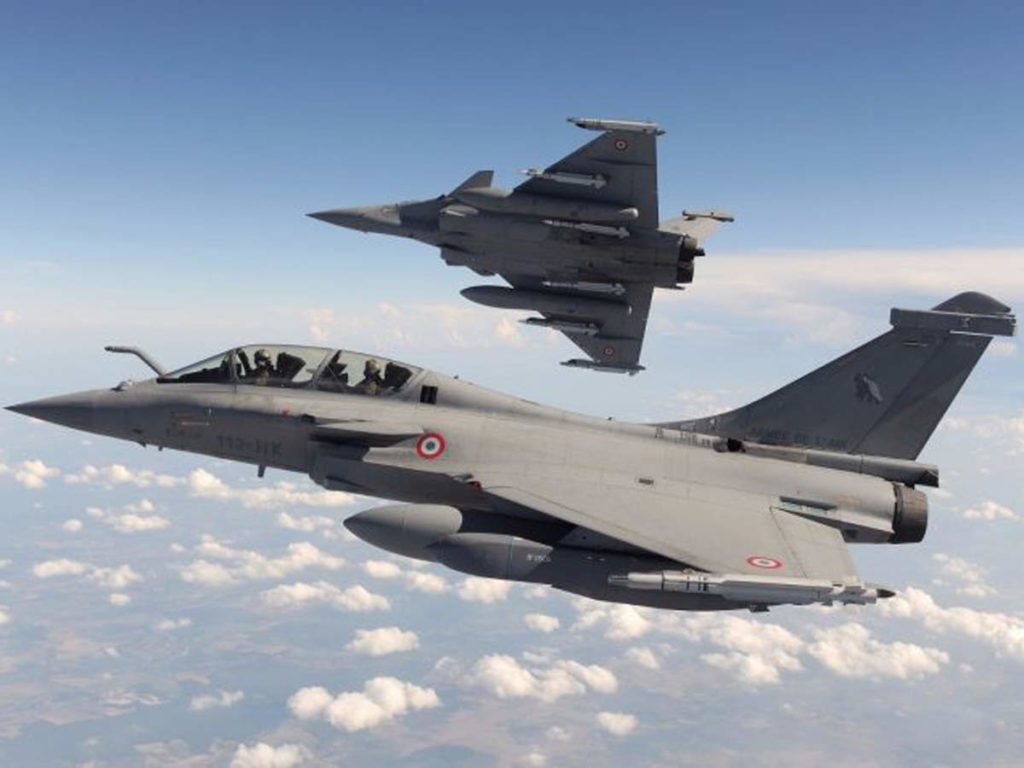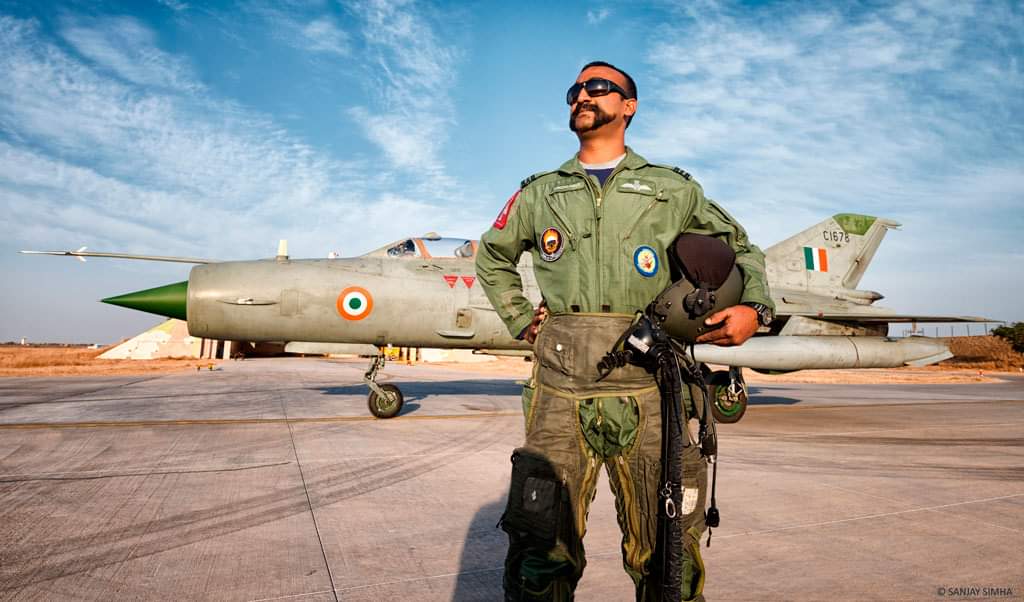
Before assessing the capabilities and features of a weapons platform, it is helpful to first understand the philosophy with which it was conceived. The Dassault Rafale is designed to suit a French war-fighting tactic which is distinct to many of its Western counterparts, and which India also employs. This little discussed tactic is referred to forcible or “forced entry”.
Forced entry refers to a fighter entering heavily defended enemy airspace without first conducting SEAD (suppression of enemy air defence) missions. Whilst the United States Air Force expends significant effort to conduct SEAD missions before commencing ground attack missions, the French Air Force has long nurtured the capability to go straight in for ground attack missions without first conducting SEAD strikes.
Forcible entry refers to a fighter entering heavily defended enemy airspace without first conducting SEAD (suppression of enemy air defence) missions.
To be able to do so, the French Air Force places a significant emphasis on fighter stealth, omni-role capability, high mission load capacity, and exceptionally advanced avionics. Like the Mirage before it, the Rafale is a relatively stealthy fighter, which makes it difficult to detect when entering or operating in enemy airspace. If detected, it has one of the world’s most advanced electronic warfare suites to defend itself. This EW system can render most air defence systems – and enemy air assets – it encounters during a mission completely ineffective. In doing so, it allows the Rafale to continue towards its ultimate target, carry out its mission, and return unscathed. Whereas the USAF would first suppress or destroy enemy air defences using dedicated “Wild Weasel” SEAD aircraft before sending in waves of ground attack missions, Rafales can go straight in for targeted ground attack missions, and render air defences useless whilst doing so.
Because the Rafale has the highest payload-to-weight capacity of any fighter aircraft in the world, it is also a highly efficient aircraft to operate. Despite being its most expensive fighter, it offers the Indian Air Force tremendous bang for its buck. It can carry a full complement of ground attack bombs and drop tanks, whilst still hauling enough air-to-air missiles to require less fighter escorts than other fighters would. When operating in a pack or in multiple packages, one can understand the Rafale’s devastating potential, as well as its shock value to an adversary. It can repeatedly enter, hit and escape enemy territory, with a low probability of detection. Crucially, in the Indian context, the Rafale also makes up for the IAF’s deficiency in squadron strength. It is said that just one Rafale has the same war-fighting capability as four lesser fourth generation fighters, leave alone older third generation aircraft operated by China and Pakistan.
When operating in a pack or in multiple packages, one can understand the Rafale’s devastating potential, as well as its shock value to an adversary. It can repeatedly enter, hit and escape enemy territory, with a low probability of detection.

Because forced entry requires fewer air assets, it also costs less both in war and peacetime. This helps neutralise the numerical disadvantage that the IAF faces against China and Pakistan in a two-front scenario. Additionally, because India has no outright offensive military goals against either nation, even one squadron of Rafales intelligently split between both China and Pakistan theatres can significantly tilt the balance of air power further in India’s favour.
Even one squadron of Rafales intelligently split between both China and Pakistan theatres can significantly tilt the balance of air power further in India’s favour.
The efficacy of the IAF’s forced entry capabilities has been exemplified twice in the recent past. During the Balakot air strikes, India employed its forced entry tactics using 40 year-old Mirage fighters. The Mirages entered enemy airspace undetected, overcame air defences, struck enemy ground targets, and returned unscathed. The following day, similar tactics were instinctively deployed against an attempted Pakistani counter-strike, this time to down a Pakistan Air Force F16 within visual range combat. The IAF MiG-21 which shot down the PAF fighter would have used a combination of advanced electronic warfare systems, intra-platform communication with AWACS and other fighters, and relative stealth to approach the modern PAF fighter undetected.
With such capabilities demonstrated using a 60 year-old MiG-21 and 40 year old Mirages, one can only imagine the damage that even a handful of brand new Rafales could do in the hands of exceptionally trained IAF pilots. The global shift to fifth generation, stealth-centred air capability essentially represents a broader air power shift to the concept of forcible entry, which India is already a highly skilful exponent of, using older fighters. Given that neither Pakistan or China will have access to the advanced avionics provided to India by key allies such as Israel, France and increasingly the United States, it is unlikely that either country will have an answer for India’s forcible entry capability for the foreseeable future.
Watch Citti Media’s short video on Indian Air Force Rafales & ‘forcible entry’:






![Muslims have benefitted more than ever before under Modi’s BJP – Atif Rasheed [Hindi]](https://www.citti.net/wp-content/uploads/2020/09/Muslim-Women-Narendra-Modi-356x220.jpg)




![Traumatised Chris Wallace to receive spiritual healing after 1st Trump-Biden debate [CS]](https://www.citti.net/wp-content/uploads/2020/09/Trump-Biden-Debate-Angry-100x70.png)
